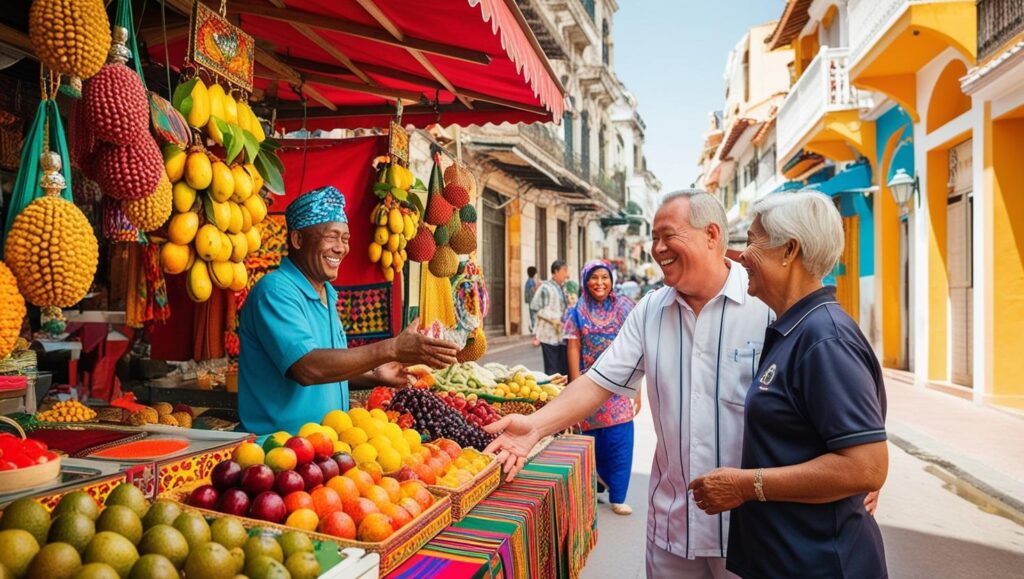Travel photography is more than just taking pictures; it’s about telling a story, capturing emotions, and preserving unforgettable memories. Whether you’re a beginner or a seasoned traveler, these expert tips will help you take stunning photos that truly reflect the essence of your journey.
1. Choose the Right Camera and Gear
The best camera is the one you have with you, but having the right gear can significantly enhance your shots.
- DSLR vs. Mirrorless – Mirrorless cameras are lightweight and great for travel, while DSLRs offer superior battery life and lens variety.
- Smartphones – Modern smartphones have powerful cameras with advanced features like night mode and portrait settings.
- Lenses – A versatile zoom lens (e.g., 24-70mm) is perfect for most situations, while a prime lens (e.g., 50mm) is great for portraits and low-light shots.
- Accessories – Carry a lightweight tripod, extra batteries, and a waterproof bag to protect your gear.

2. Master Composition Techniques
A well-composed image makes a huge difference in travel photography. Use these techniques to create visually appealing shots:
- Rule of Thirds – Place the subject at the intersection points of a 3×3 grid for balanced composition.
- Leading Lines – Use natural lines like roads, rivers, or fences to draw the viewer’s eye into the scene.
- Framing – Frame your subject using doorways, windows, or trees for a unique perspective.
- Negative Space – Give your subject room to breathe by incorporating empty space around them.
3. Understand Lighting for Better Shots
Lighting is crucial for travel photography. The right lighting can transform an ordinary shot into a masterpiece.
- Golden Hour – The best time for photography is early morning and late afternoon when the light is warm and soft.
- Blue Hour – Right before sunrise and after sunset, the sky has a beautiful blue hue perfect for cityscapes.
- Avoid Harsh Midday Sun – If shooting at noon, find shade or use reflectors to soften shadows.
- Use Natural Light Indoors – When capturing interiors, position yourself near windows for the best illumination.
4. Capture the Local Culture and People
One of the most rewarding aspects of travel photography is capturing the essence of a destination through its people and traditions.
- Ask for Permission – Always be respectful when photographing locals, especially in cultural or religious settings.
- Candid Shots – Capture people in their natural element for more authentic photos.
- Street Photography – Use a fast shutter speed to freeze movement and tell a compelling story.
- Festivals and Events – Plan your travels around local festivals to capture vibrant and unique cultural expressions.

5. Plan Your Shots and Be Patient
While spontaneous moments make for great shots, planning ahead can lead to even better photos.
- Research Locations – Look for the best photography spots in advance and plan your visits during optimal lighting conditions.
- Wake Up Early – Less crowded scenes allow you to capture stunning landscapes and landmarks without distractions.
- Wait for the Perfect Moment – Whether it’s a bird flying by or a person walking into the frame, patience often rewards you with extraordinary shots.
6. Edit Your Photos for a Professional Look
Post-processing enhances your travel photos and brings out their full potential.
- Use Editing Apps – Lightroom, Snapseed, and VSCO offer powerful tools to enhance your images.
- Adjust Exposure and Contrast – Fine-tune brightness, shadows, and highlights to create balanced images.
- Color Correction – Adjust white balance and saturation to make colors pop.
- Crop for Better Composition – If needed, crop your images to improve framing and remove distractions.
7. Protect and Back Up Your Photos
Losing travel photos can be devastating, so make sure to protect them properly.
- Use Cloud Storage – Services like Google Photos and Dropbox ensure your images are safe.
- Carry External Storage – An external hard drive or SD card backup can prevent accidental data loss.
- Organize Your Files – Label folders by location and date to keep everything organized.
8. Tell a Story Through Your Photography
Beyond just taking beautiful pictures, travel photography should evoke emotions and narrate a journey.
- Capture a Beginning, Middle, and End – Show different stages of your trip to create a visual diary.
- Focus on Details – Small elements like street signs, food, and traditional decorations add depth to your story.
- Include Motion – Blur movement to create a sense of action and energy in your photos.

Conclusion
Travel photography is about more than just clicking a button; it’s about capturing the essence of a destination and preserving unforgettable memories. By following these tips, you’ll be able to take breathtaking photos that transport viewers into your travel experiences. So grab your camera, explore the world, and tell your own visual story!